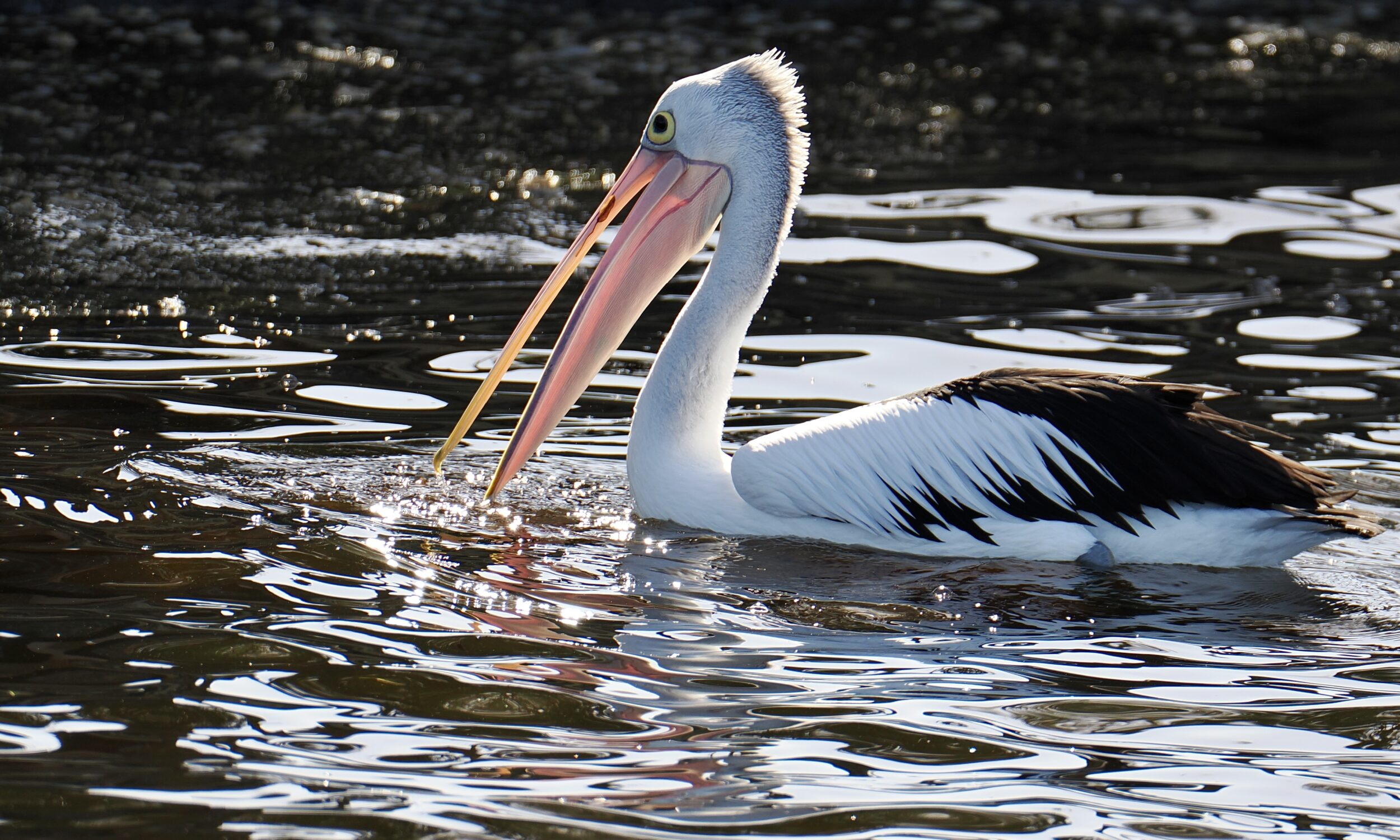As you can see, on 18 April 2023, Perth and its big estuary – the Swan River – were bathed in bright sunlight.
It was a perfect day to enjoy good things which are not so readily available – all, within just part of a single day – to most urban humans.
Where else would convenient, uncommonly cheap public transport (free, to “seniors”, outside “rush” hours) deliver you to one of Australia’s better pub lunches, after which the nearby riverside presents you with kilometres of glorious, publicly-accessible, uncrowded foreshore?
Even if you simply zip down to-fro the nearby jetty, you will enjoy a splendid vista and – almost certainly – a close encounter of the pelican kind.
And if you bother to walk along the foreshore….
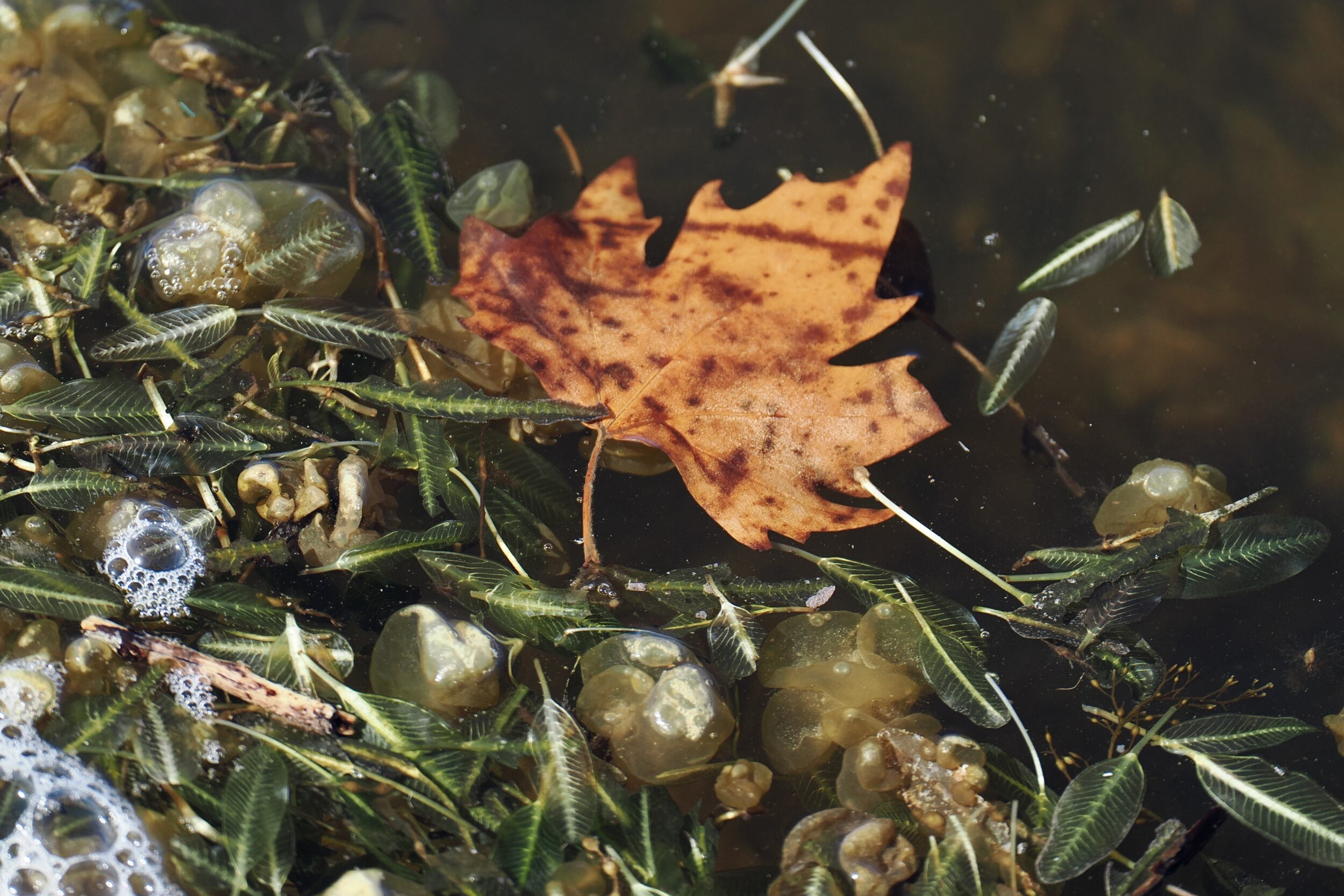
…you never know exactly what you will see – dolphins are not unlikely, cormorants are a near-certainty (if you are very lucky, you might see a feeding frenzy, involving many hundreds), magpies, ravens, silver gulls, honeyeaters and wagtails are highly-likely, you could see an osprey, a darter, one or more kind of cockatoo or parrot…and, especially if you walk to Pelican Point, a few – or surprisingly many – different water bird species.
It is always worth looking closely at the water’s edge.
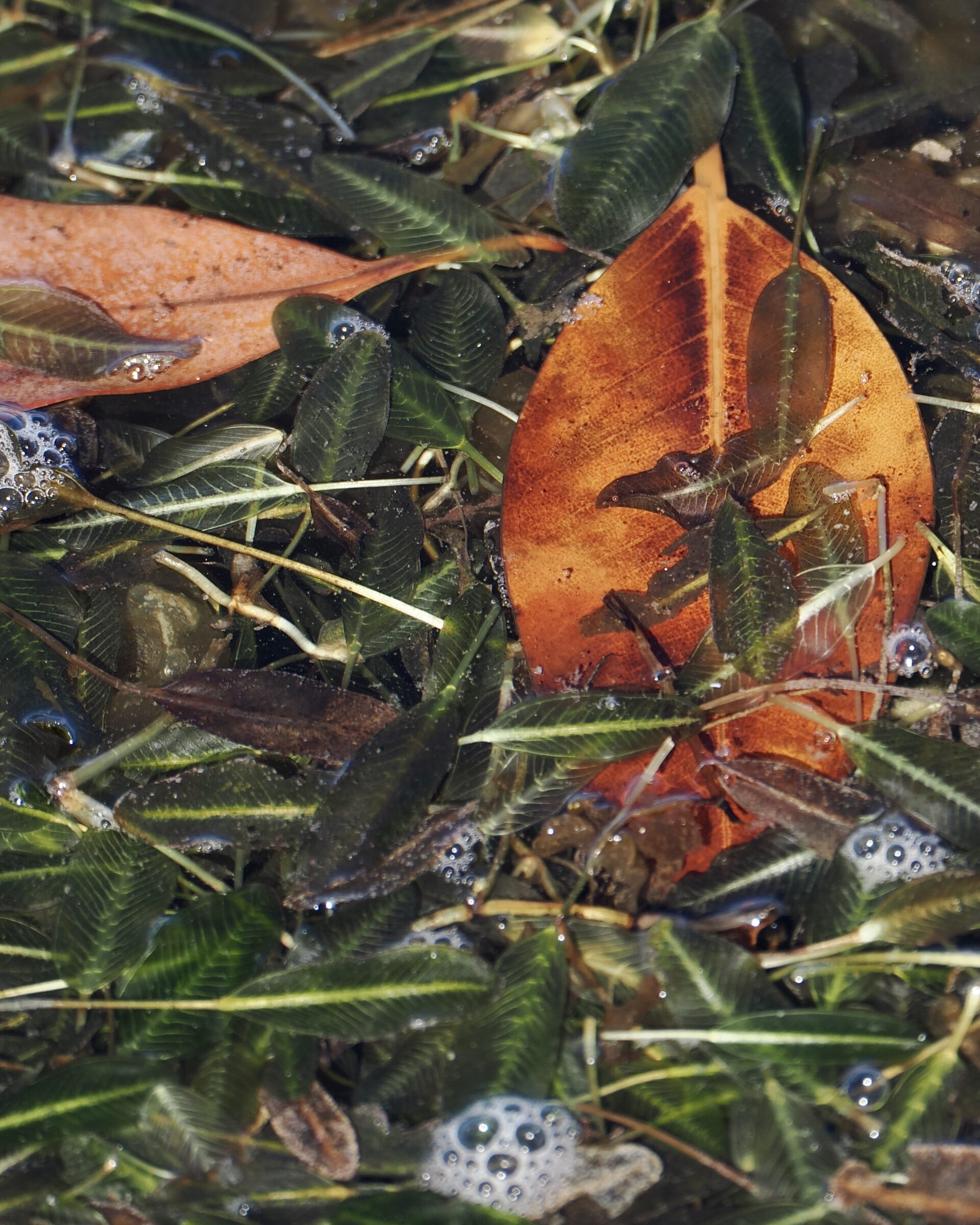
At this time of year, jellyfish are almost always evident, often washed ashore.
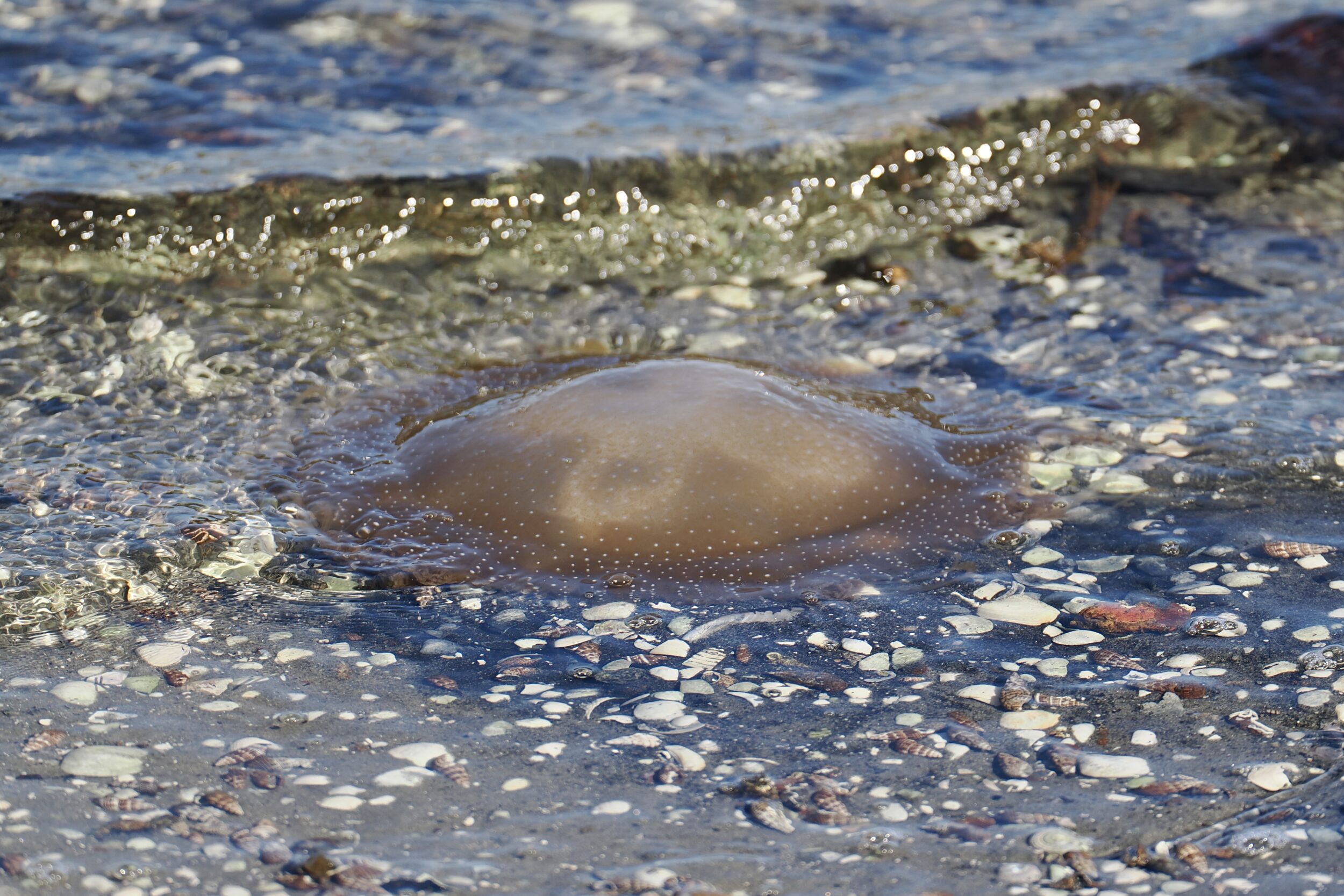
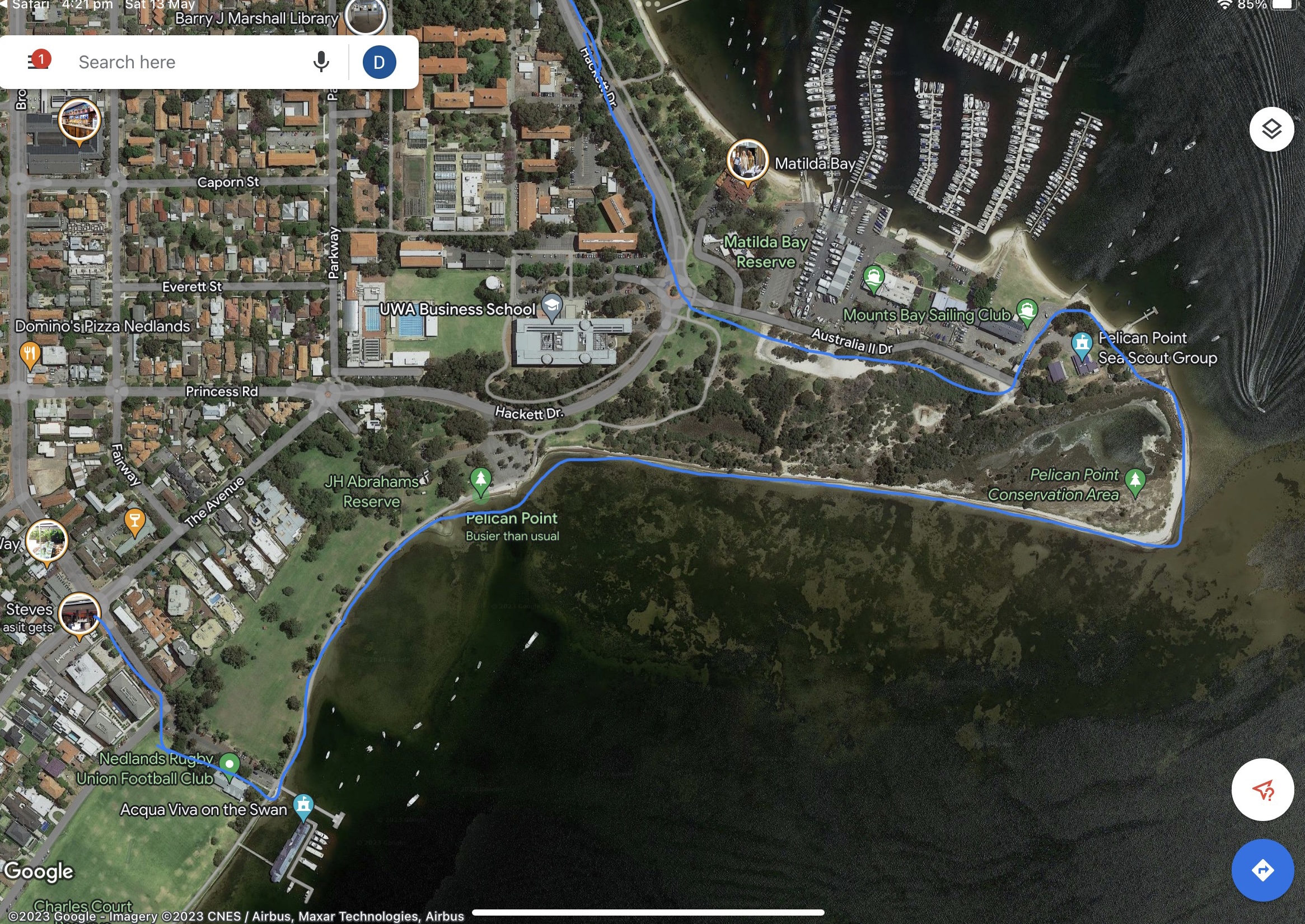
The blue line in above image shows roughly where we strolled on 18.04.2023, whilst the image below should give you a sense of where Pelican Point sits within the Swan-Canning system, and within greater Perth’s sprawl.
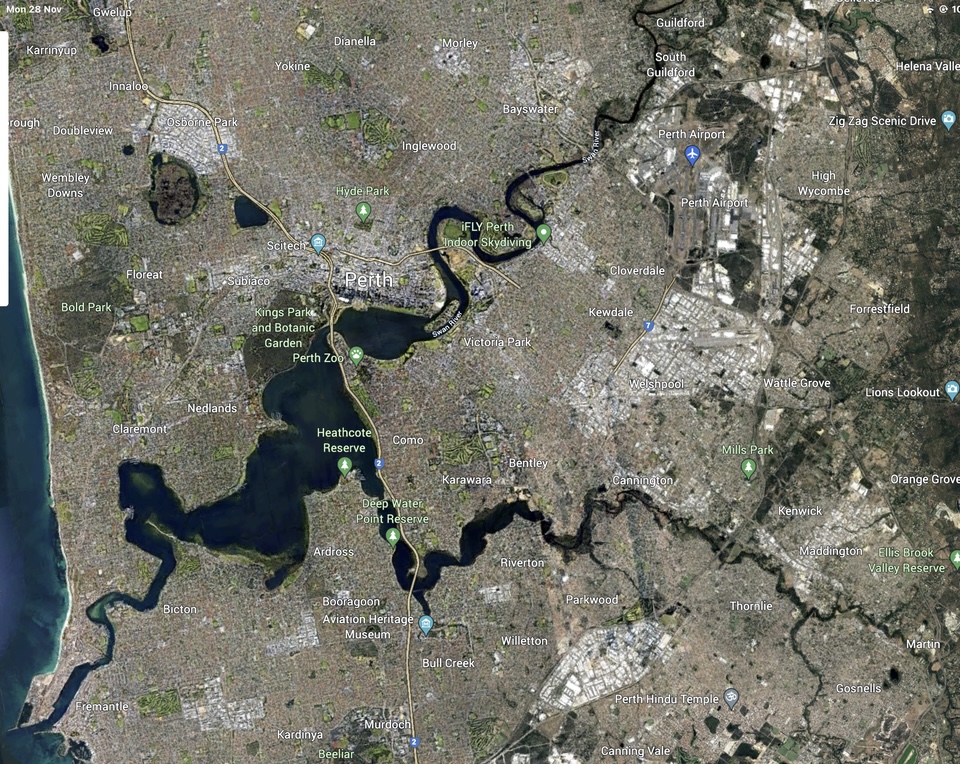
What the first of the Google Earth images has incorrectly tagged as “Pelican Point” is in fact the point where we walked out of the J. H. Abrahams Reserve’s manicured “lawn” and river-walled, cemented path and onto the wilder, Pelican Point Conservation Area side of the actual Pelican Point.
Pelican Point’s tamer side is home to Sea Scouts, swankier sailing clubs – the most conspicuous of which is strangely-untagged, above – and squillions-worth of yachts and other boats.
The Royal Perth Yacht Club (short-term, former holder of the America’s Cup) has the bigger building which sits above the words “Mounts Bay” in the tag for the relatively modest, adjacent yacht club.
Shortly after entering the Conservation Area – now out of Nedlands and in Crawley – we saw another intriguing “alien spacecraft”.
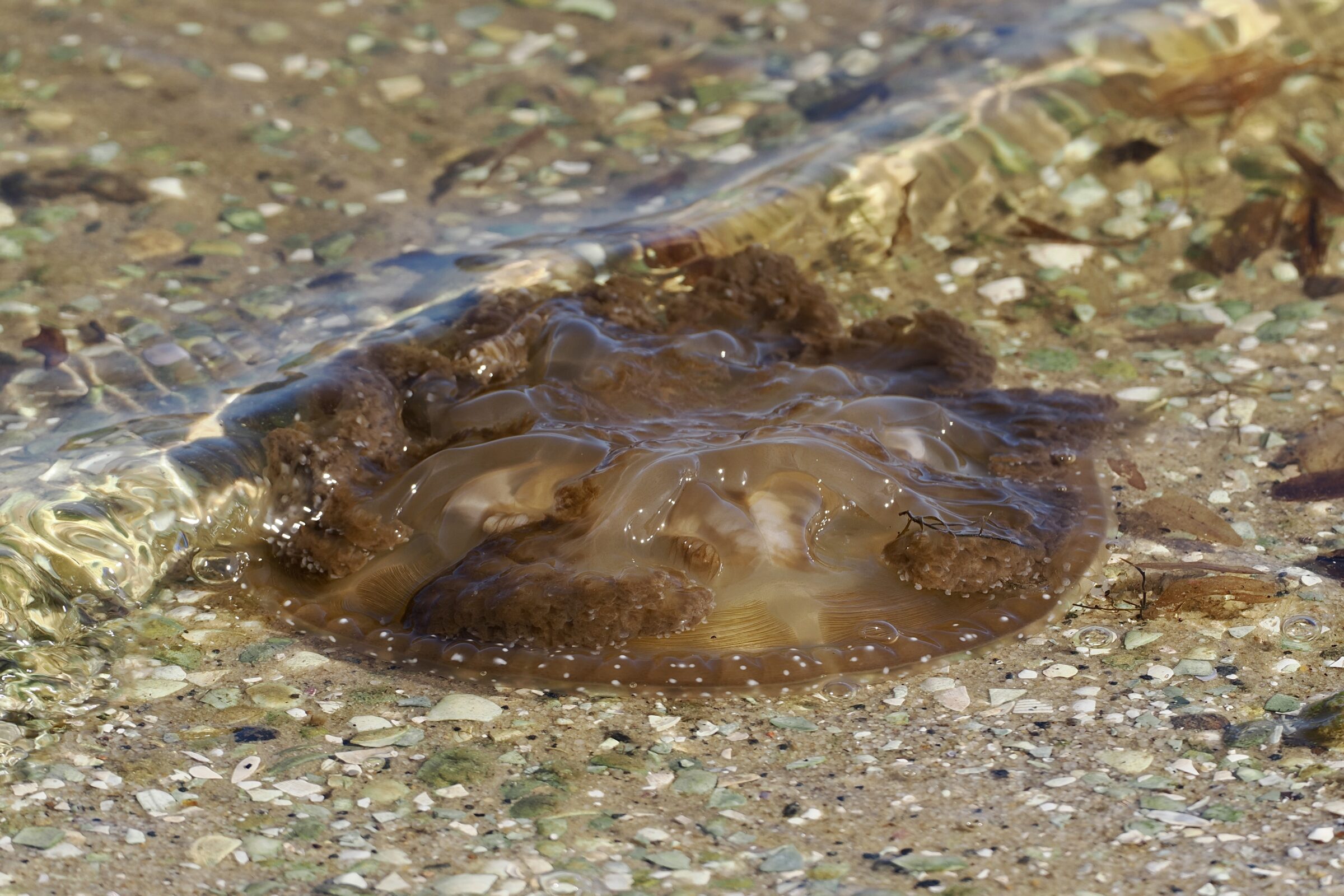
For more than a few years in the late 20th and early present centuries, black swans had vacated the river/estuary that was named after them.
Happily, they have returned, and “swans on the Swan” are again commonplace.
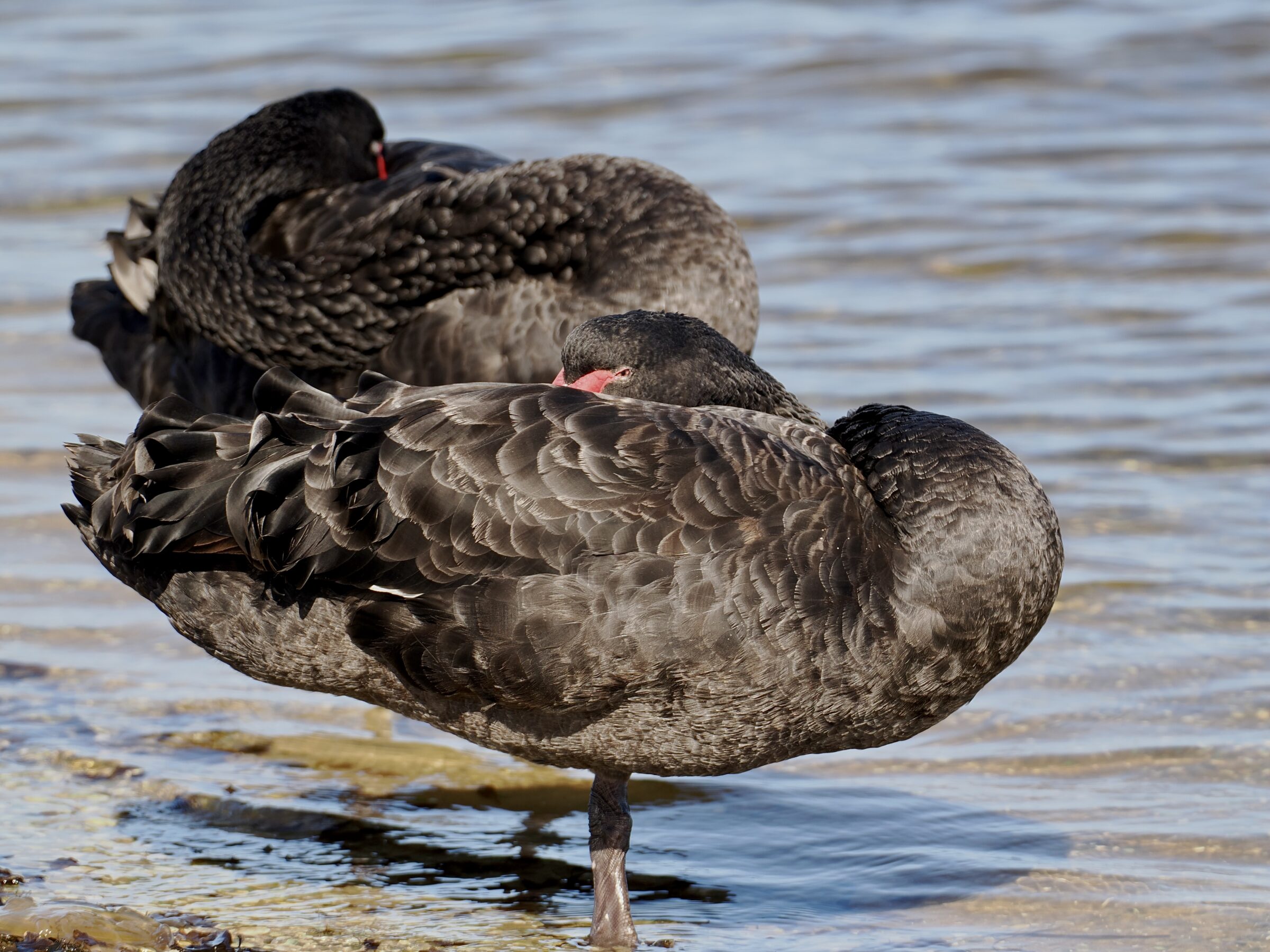
At 2.42 pm we were getting close to our primary destination.
Pelican Point’s point is an always-interesting place for anyone who likes water birds…as you will see in the next post.
